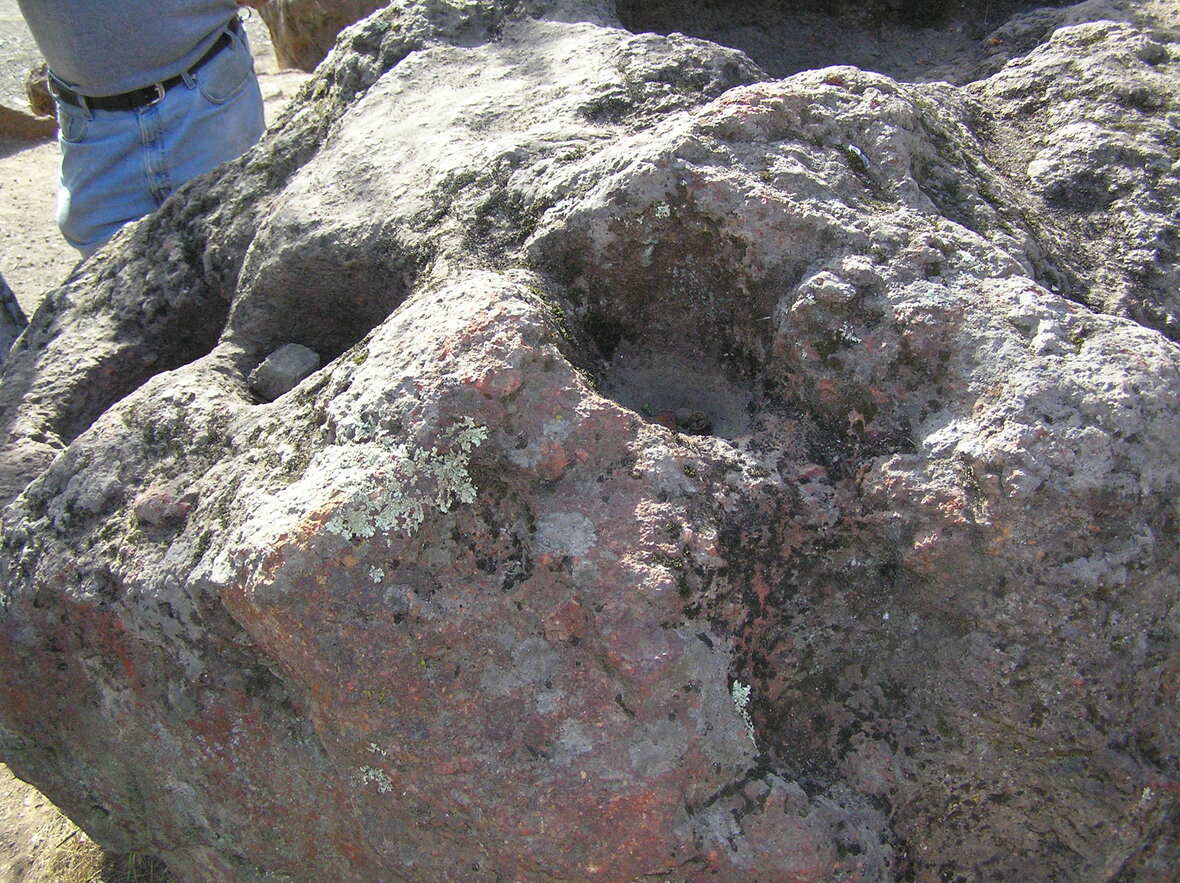Oakland Hematite Quarry
Unbelievably located 200 feet up the unfenced hill behind the Lincoln Shopping Center on Redwood Road this Quarry would have provided an important trade material with neighboring tribes for many centuries.


Hematite’s crystal healing properties stem from the stone’s high iron content, which gives it a heaviness
and a weightiness that brings one the feeling of being anchored to the earth. Hematite calms a troubled mind and puts your spirit at ease.
and a weightiness that brings one the feeling of being anchored to the earth. Hematite calms a troubled mind and puts your spirit at ease.
The red earthy varieties were, and are, much used as paint by native Californians. Small quantities, either in lumps or as powder, are commonly found in ancient graves.
Indeed, formed hematite “loaves” are mortuary goods in some coastal middens Hematite’s name is derived from the Greek word haima, meaning blood. This stone is known for connecting the body to the Earth. Ancient Greeks associated Hematite with Mars, the god of war. Many warriors, including Native Americans, used crushed Hematite on their bodies to create a red paint-like appearance thought to keep them safe in battle. Hematite was also used for medicinal purposes.
Colorants manufactured from mineral pigments had numerous employments, including pictographic drawings, ground painting, artifact decoration, face painting, and body painting. Ethnographic, ethnohistoric, and archaeological records frequently identify mineral-based colorants in ritual/ceremonial venues such as sacred dances and feasts,
and magical/medicinal practices.
and magical/medicinal practices.
Besides the human body, paint was applied to ceremonial objects such as sacred sticks, ceremonial poles, shells, and rocks used in girls’ adolescence ceremonies.
Hematite was highly prized by the Ohlone and Miwok triblets surrounding San Francisco Bay. A worked hematite deposit nearest this one was in Petaluma about 50 miles away.
Skilled prehistoric quarrymen hammered out or pecked away chunks of hematite from this boulder.



Hematite Processing Site
Hematite was processed here. It was often burned, which produced brighter reds, and then leached
to remove salts and soften the rock. After that it was ground to a powder.



